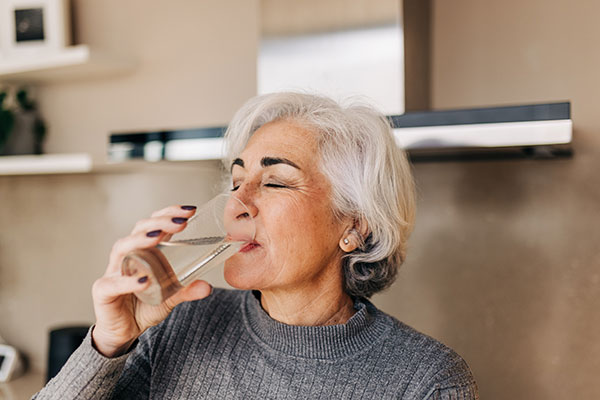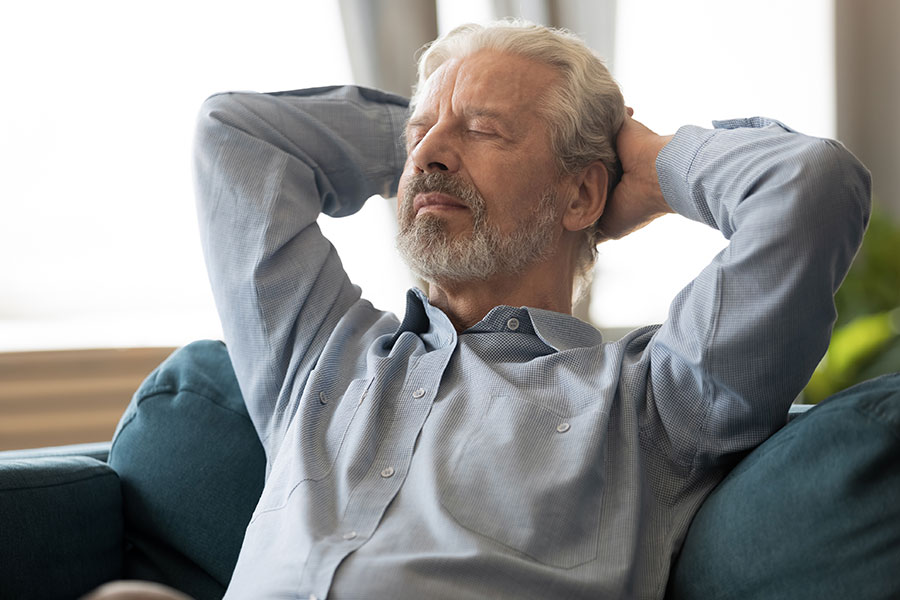The human body is made up of around 60% of water, so it’s not surprising that water has so many essential roles. The Eatwell Guide from the NHS recommends that we drink 6-8 cups of fluid a day. But why is that? Have a look at just some of the ways water keeps us going:
- Enables us to regulate body temperature
- Acts as a lubricant for joints
- Provides an environment for cells to function properly
- Aids in digestion and absorption of nutrients
- Helps flush out toxins in urine
- Ensures efficient transport of oxygen, nutrients, and hormones
- Helps us maintain cognitive abilities, concentration, and mental clarity
- Maintains healthy skin
- Balances electrolytes, crucial for nerve signalling and muscle contractions
The network of drainage tubes running through your body alongside veins and arteries is called the lymphatic system. It drains fluids away from our tissues, maintaining fluid balance and removing harmful toxins and bacteria – like our own in-built waste disposal system. The lymph fluid circulating in the lymphatic system contains white blood cells, proteins, and fats. When the lymphatic system doesn’t work as it should, we retain fluid and can see the effects in puffy or swollen skin. In the legs and feet, the skin can feel tight and appear shiny, and if you press on it, you might see pits that take time to bounce back. If this lasts for over three months, we call it chronic oedema.
When the legs are affected by lymph impairment, we call it lymphoedema.
- Primary lymphoedema – when the lymphatic system has not formed correctly. It may present as a limb or part body swelling at birth or may develop at puberty or later in life.
- Secondary lymphoedema – when the lymphatic system is damaged by surgery or radiotherapy for cancer treatment, when the soft tissues are damaged by trauma, or when the lymphatic system has another cause of structural or functional impairment.
How can we keep the lymphatic system healthy and active?
Keep moving! Exercise in various forms is the best way to keep the flow going. As the heart pumps, the circulatory system and lymph vessels activate. There are lots of ways to keep moving and keep the fluid flowing – we have great ideas in our Legs Go blogs and helpful videos to guide you through simple routines you can implement daily. You can find them here.
Take deep breaths. Breathing deeply increases oxygen intake, can calm your nerves, and reduce anxiety. But did you know that by activating the diaphragm to breathe, lymph fluid is helped to circulate? Breathing exercises are a great way to take a few minutes to help circulate lymph fluid, and they can make you feel relaxed.
Stay hydrated. One of the easiest ways to help your body with fluid balance is by drinking plenty of water. In our blog on self-care and hydration in the Feed Your Body section, you might find some new hints and tips!
If you have lymphoedema there are specialist techniques, such as manual lymphatic drainage, which is a type of massage. Your healthcare professional may teach you simple self-care drainage techniques. Wearing prescribed compression garments will also aid the fluid flow alongside the venous return with a push from the feet, up the legs and back to the heart.
Give it a go, improve your flow!






